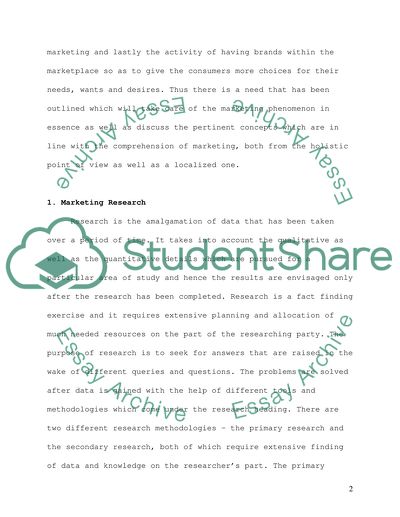Cite this document
(“The Marketing Research Discussions and the Understanding of the Paper”, n.d.)
The Marketing Research Discussions and the Understanding of the Paper. Retrieved from https://studentshare.org/marketing/1508725-marketing-research-essay
The Marketing Research Discussions and the Understanding of the Paper. Retrieved from https://studentshare.org/marketing/1508725-marketing-research-essay
(The Marketing Research Discussions and the Understanding of the Paper)
The Marketing Research Discussions and the Understanding of the Paper. https://studentshare.org/marketing/1508725-marketing-research-essay.
The Marketing Research Discussions and the Understanding of the Paper. https://studentshare.org/marketing/1508725-marketing-research-essay.
“The Marketing Research Discussions and the Understanding of the Paper”, n.d. https://studentshare.org/marketing/1508725-marketing-research-essay.


